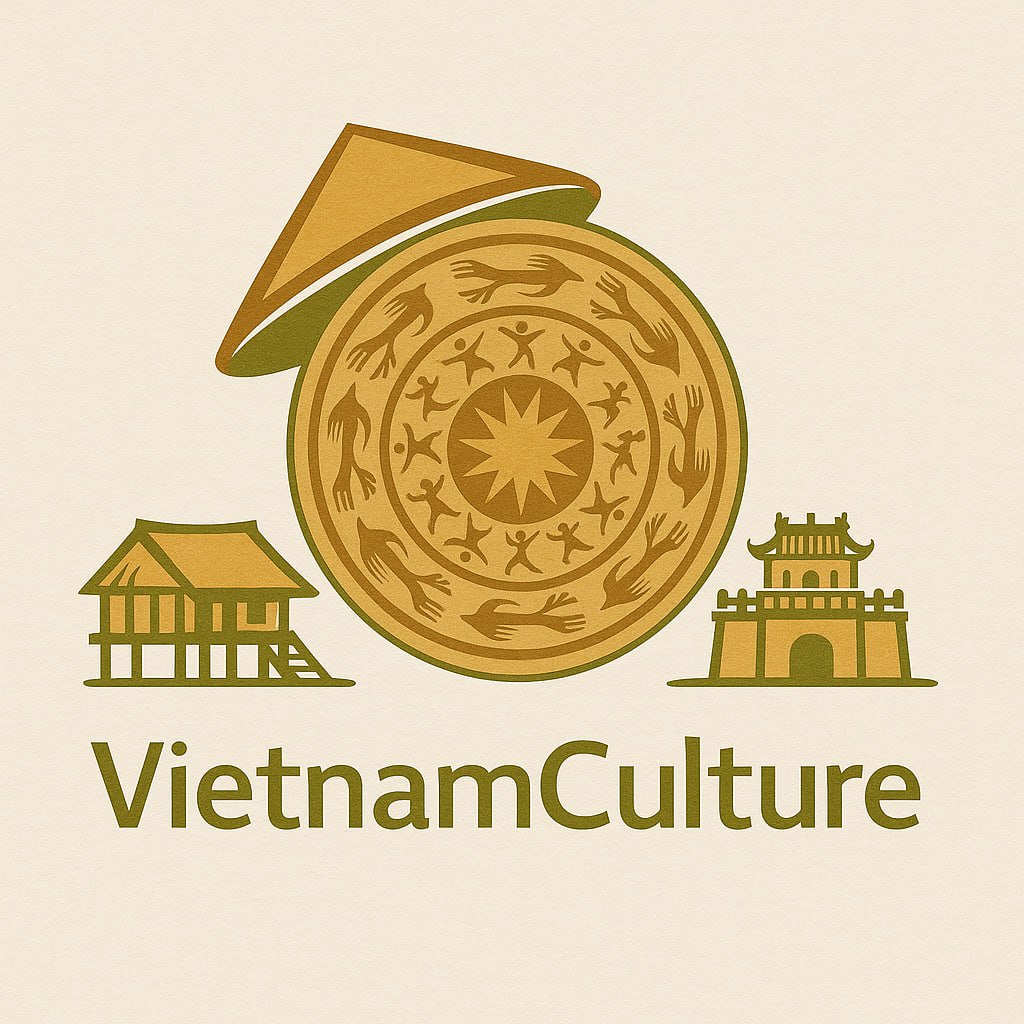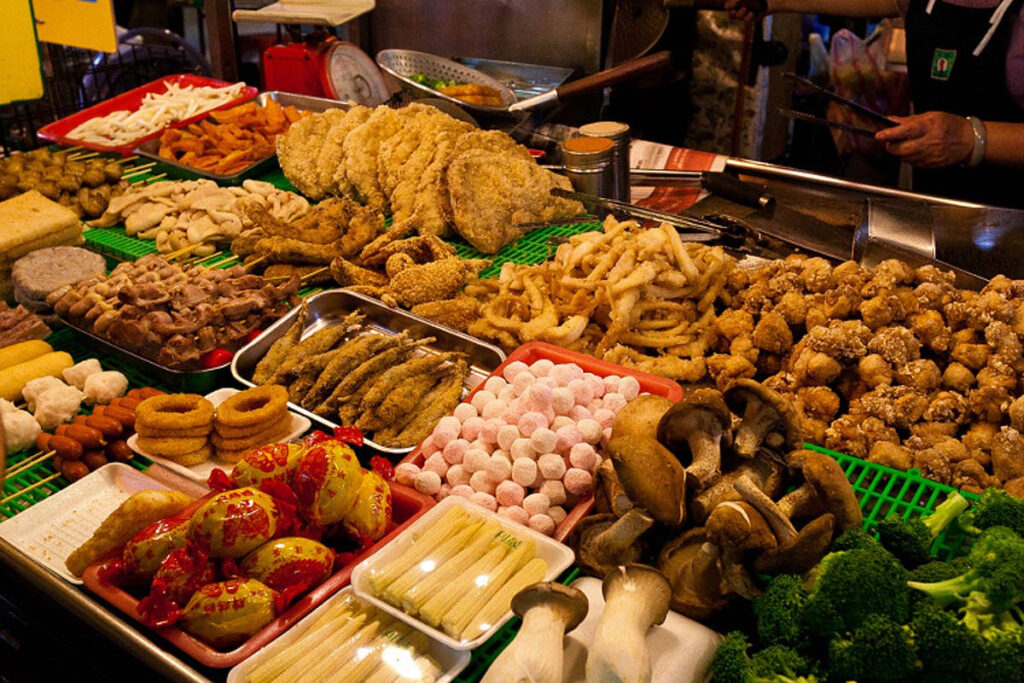When it comes to culinary adventures, few places in the world rival the richness and variety of Vietnam street food. From the bustling alleys of Hanoi to the lively corners of Ho Chi Minh City, Vietnam’s streets are alive with sizzling woks, aromatic broths, and vibrant flavors. Street food in Vietnam isn’t just food—it’s a way of life, deeply rooted in local traditions, daily routines, and the spirit of community.
In this guide, we’ll explore what makes Vietnam street food so unforgettable and highlight 10 iconic dishes you absolutely must try. Whether you’re planning a trip or simply curious about Vietnamese cuisine, this article will take you on a sensory journey through one of the world’s most delicious street food cultures.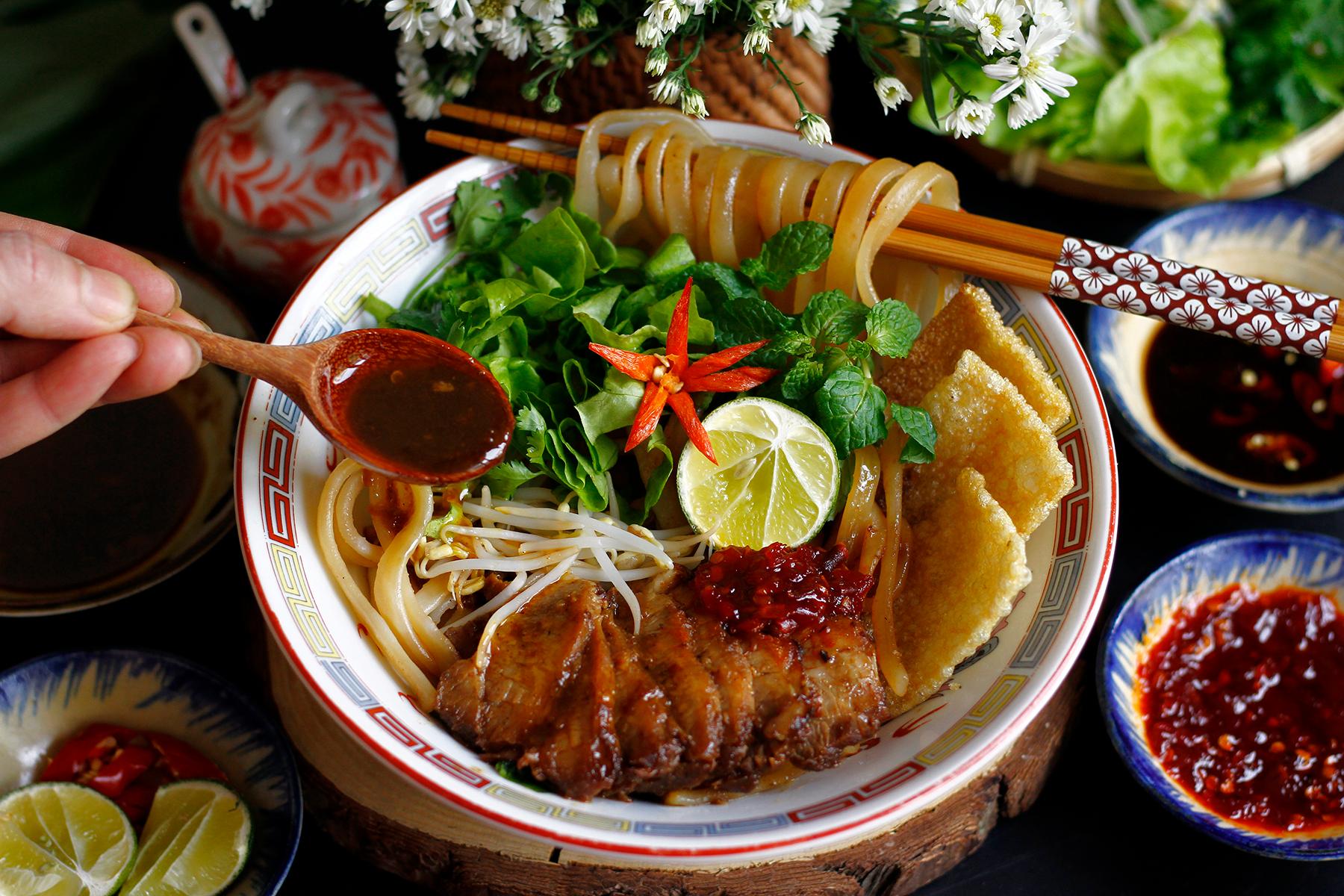
Why Vietnam street food is world-famous
Vietnamese street food is globally renowned for its fresh ingredients, balance of flavors, and cultural authenticity. Unlike many fast-food scenes around the world, street food in Vietnam is freshly made, often cooked to order, and usually passed down through generations.
You’ll find vendors who have specialized in just one dish for decades, honing their craft with precision and pride. The food is affordable, quick, and bursting with flavor—making it popular among locals and tourists alike.
Some key features of Vietnam street food:
- Affordable prices (typically $1–$3 per dish)
- Rich regional variations
- Fresh herbs, vegetables, and spices
- A harmonious balance of sweet, salty, sour, and spicy
- Eaten outdoors, often on small plastic stools and tables
Let’s dive into some of the most iconic dishes you’ll encounter.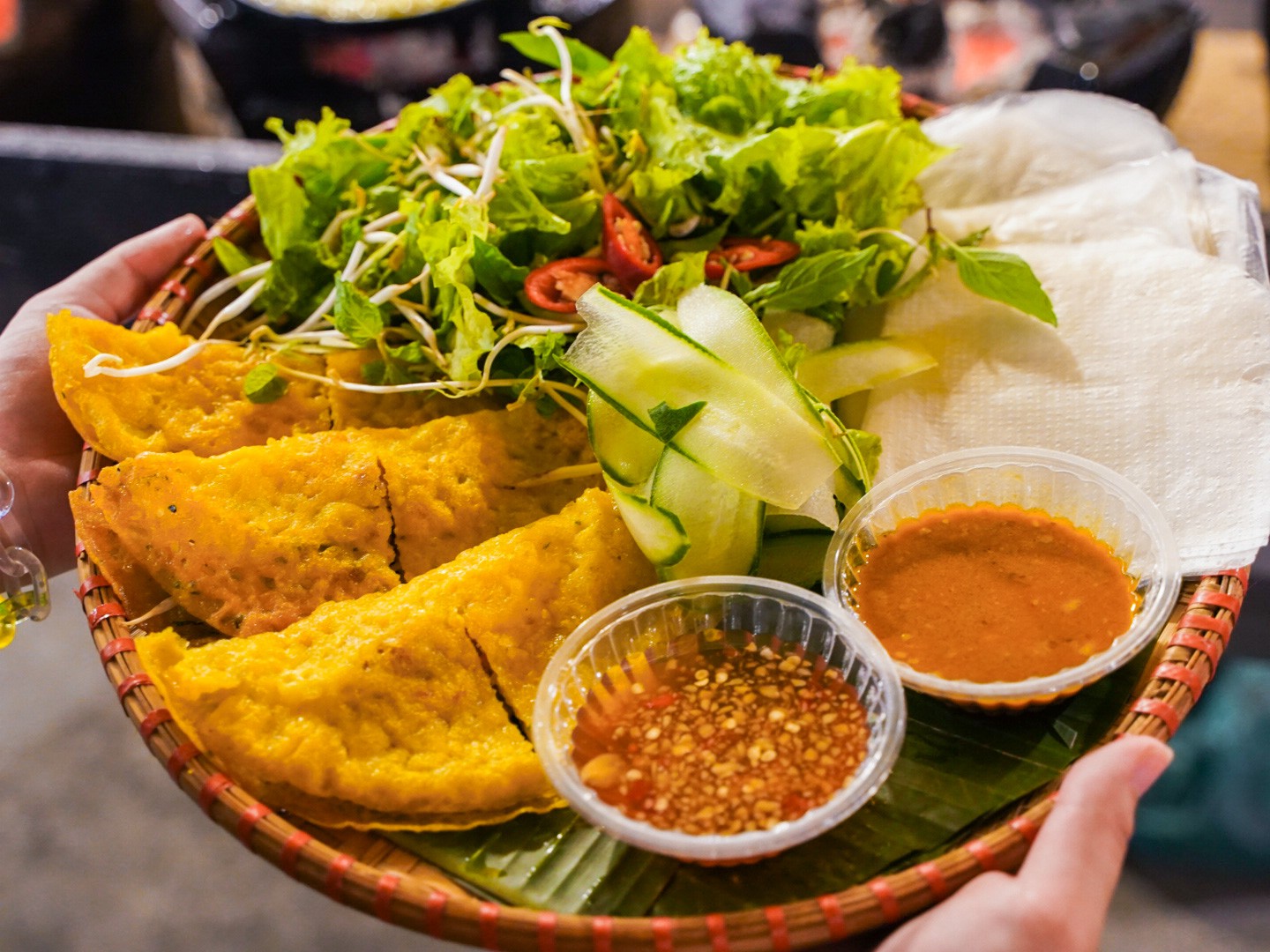
1. Bánh Mì – The Vietnamese Baguette
Arguably the most internationally recognized Vietnam street food, bánh mì is a fusion of French and Vietnamese culinary traditions. This crisp, airy baguette is filled with a variety of savory ingredients like:
- Pork belly, grilled chicken, or pâté
- Pickled carrots and daikon
- Fresh cilantro and cucumber
- Chili and mayonnaise-based sauces
Whether you’re grabbing a quick breakfast or a late-night snack, bánh mì is everywhere—from street carts to food stalls in markets and train stations.
2. Phở – Vietnam’s National Dish
You haven’t experienced Vietnamese cuisine until you’ve tried phở. This iconic noodle soup is a cornerstone of Vietnam street food culture, especially in the north.
A bowl of phở typically includes:
- Rice noodles (bánh phở)
- Slices of beef (phở bò) or chicken (phở gà)
- Aromatic broth made from beef bones, star anise, cinnamon, and cloves
- Fresh herbs like Thai basil, bean sprouts, lime, and chili
Phở is often eaten for breakfast but can be found on every street corner throughout the day.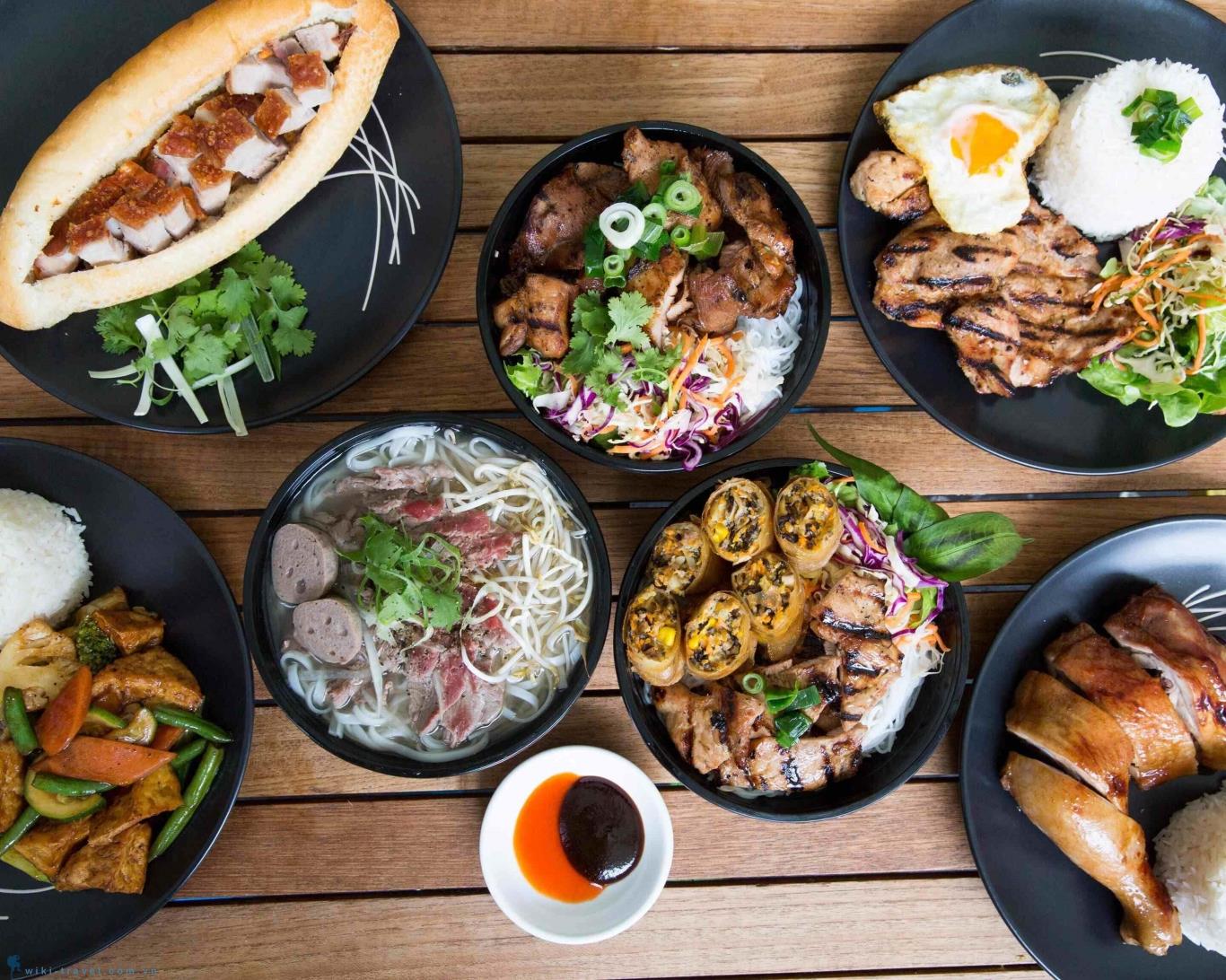
3. Bánh Xèo – Vietnamese Sizzling Pancakes
Bánh xèo, which translates to “sizzling cake,” is a savory pancake that gets its name from the sizzling sound it makes when batter hits the hot skillet.
Ingredients typically include:
- Rice flour and turmeric batter
- Pork, shrimp, and bean sprouts
- Served with lettuce, herbs, and fish sauce (nước mắm)
In southern Vietnam, the pancakes are large and crispy. In the central region, especially in Huế, they’re smaller and thicker. Regardless of the region, this dish is a street food favorite.
4. Xôi – Vietnamese Sticky Rice
Xôi is a versatile and filling dish made from glutinous rice and can be served sweet or savory. It’s one of the most popular breakfast options in Vietnam and is commonly found at morning street stalls.
Savory varieties include:
- Xôi mặn: with Chinese sausage, pork floss, quail eggs
- Xôi gà: sticky rice with shredded chicken and fried shallots
Sweet varieties include:
- Xôi gấc: with bright red gac fruit
- Xôi đậu xanh: with mung beans and coconut milk
Xôi is not just convenient—it’s a cultural comfort food.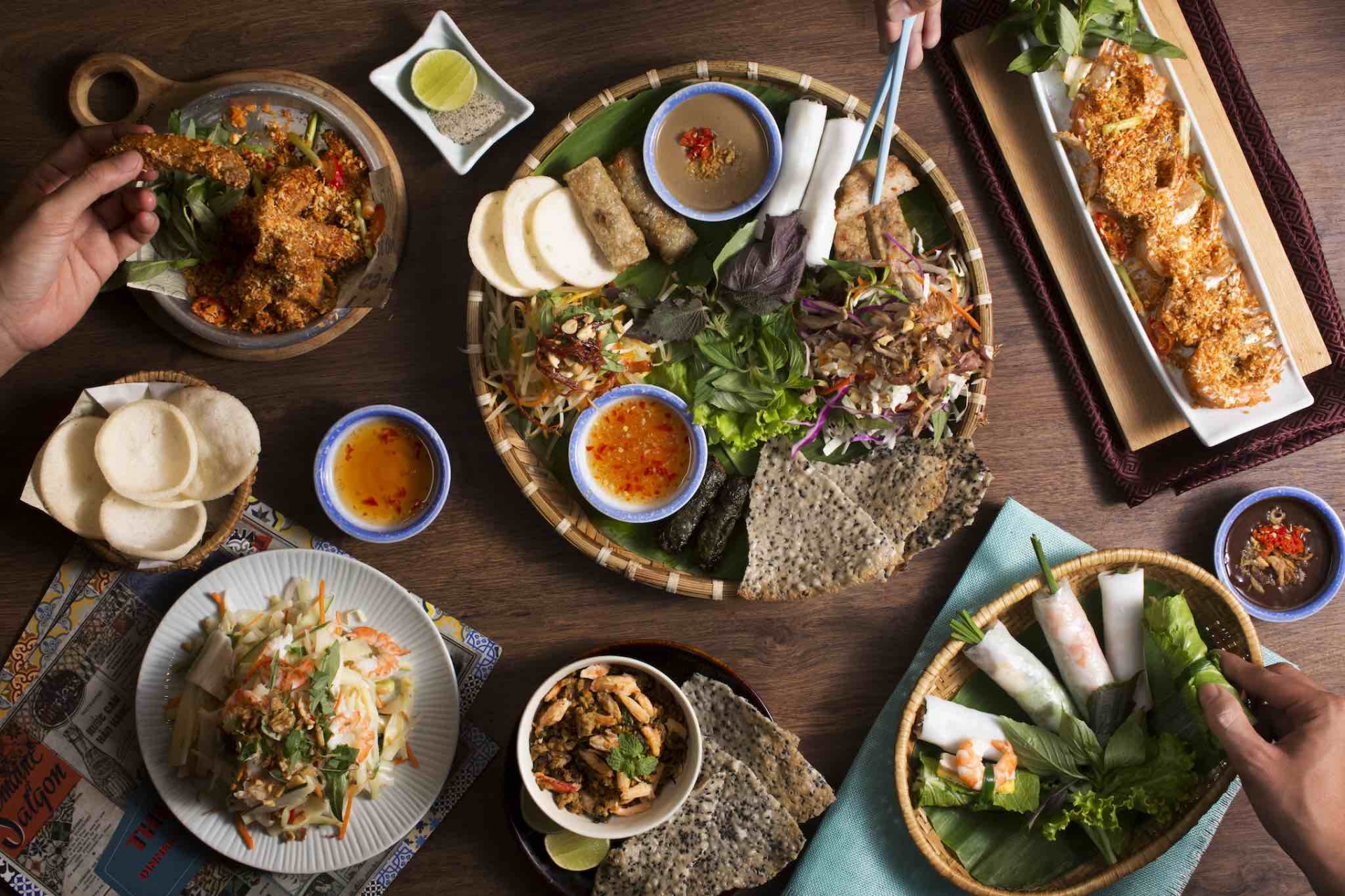
5. Cơm Tấm – Broken Rice Delight
A southern Vietnamese specialty, cơm tấm (broken rice) is another Vietnam street food staple. Originally a dish for the poor, it has become a beloved meal in cities like Saigon.
Typical toppings include:
- Grilled pork chop (sườn nướng)
- Steamed egg cake (chả trứng)
- Shredded pork skin (bì)
- A side of pickled vegetables and fish sauce
This dish proves that even humble ingredients can create a meal bursting with flavor.
6. Bún Chả – Hanoi’s Grilled Pork Noodle Bowl
Made internationally famous after President Obama’s visit to Hanoi, bún chả is a northern delicacy featuring:
- Char-grilled pork patties and sliced pork belly
- Served in a bowl of light dipping sauce with pickled papaya
- Accompanied by rice noodles and fresh herbs
Eaten by dipping the noodles into the sauce and wrapping pork with lettuce, bún chả is both a dish and a dining experience.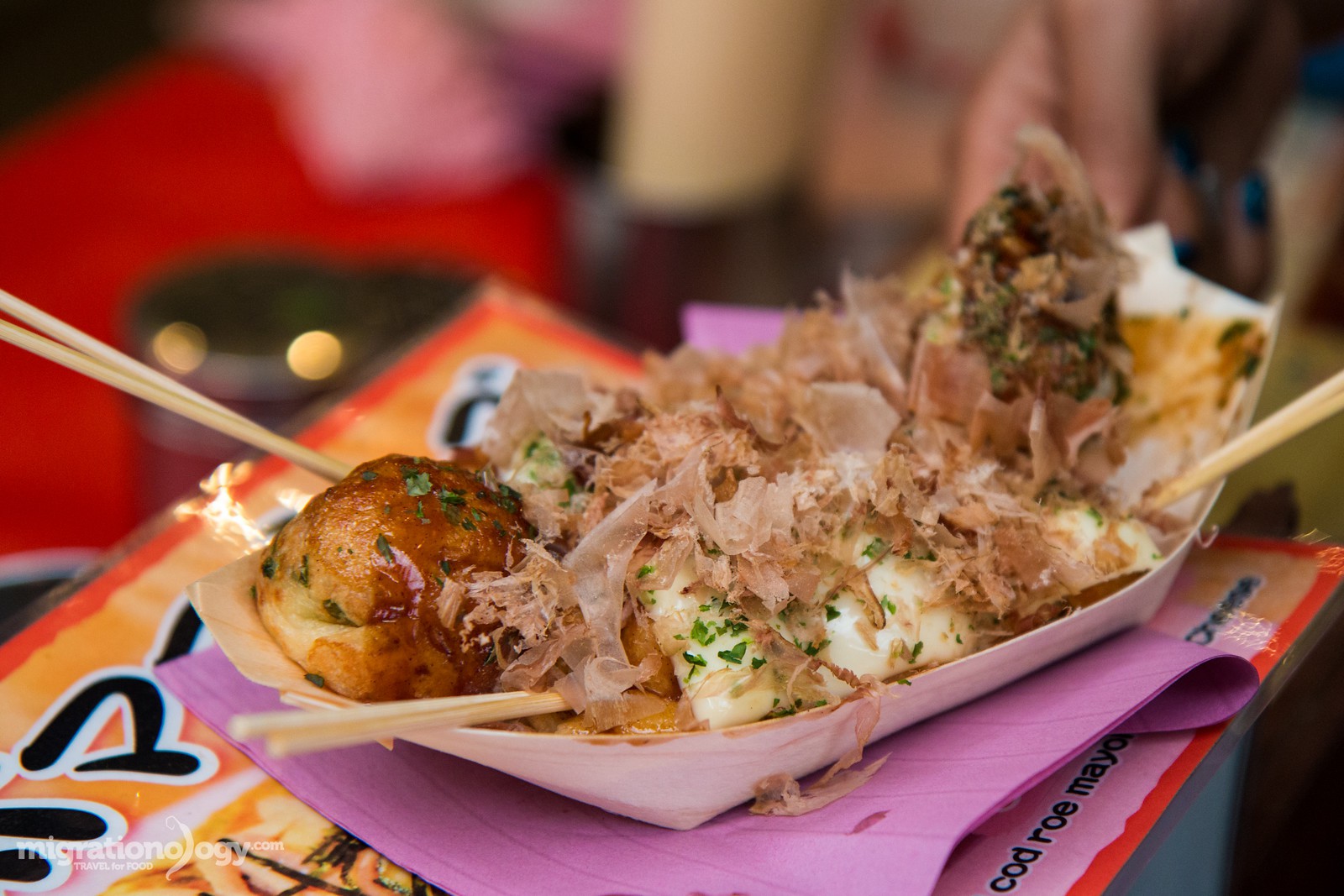
7. Bún Riêu – Crab Noodle Soup with a Kick
For a taste of something tangy, rich, and utterly comforting, bún riêu is a must-try. This crab-based noodle soup features:
- Crab paste made from freshwater crabs
- Tomatoes, tofu, blood pudding (huyết)
- Fermented shrimp paste (mắm tôm)
- Garnished with herbs and bean sprouts
You’ll find this dish bubbling in large pots at early morning markets, especially in northern and central Vietnam.
8. Bánh Tráng Trộn – Rice Paper Salad
This is the ultimate Vietnamese street snack, especially loved by teenagers and young adults.
Bánh tráng trộn consists of:
- Thinly sliced rice paper
- Dried shrimp, beef jerky, and quail eggs
- Green mango, chili, herbs, and fried shallots
- Tossed in tamarind sauce and chili oil
It’s tangy, spicy, chewy, and crunchy—all in one bite.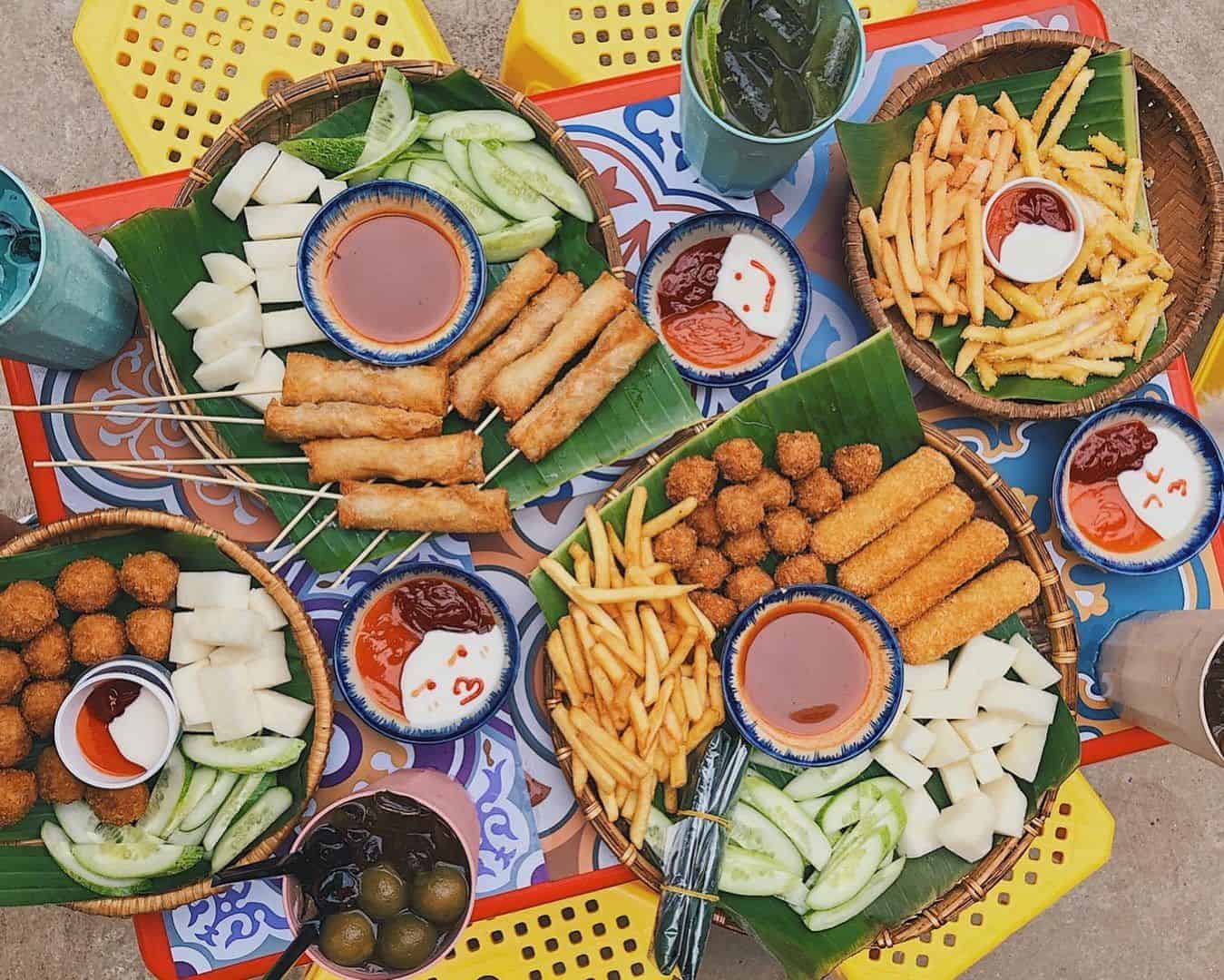
9. Bánh Cuốn – Steamed Rice Rolls
Bánh cuốn is a delicate and light dish made from:
- Thin steamed rice sheets
- Filled with minced pork and wood ear mushrooms
- Topped with crispy fried shallots and dipped in sweetened fish sauce
It’s usually served with Vietnamese pork sausage (chả lụa) and is popular as a breakfast item or light lunch.
10. Bún Bò Huế – Spicy Hue-Style Beef Noodle Soup
Different from phở, bún bò Huế is a spicy, lemongrass-flavored soup hailing from the former imperial capital, Huế.
Key ingredients include:
- Thick round rice noodles
- Sliced beef, pork knuckles, and congealed blood
- Broth made from lemongrass, fermented shrimp paste, and chili oil
This dish delivers a bold, rich, and unforgettable flavor profile that sets it apart from other noodle soups.
Street Food Etiquette and Tips for First-Timers
If you’re new to Vietnam street food, here are a few tips to enhance your experience:
- Follow the crowds: A busy stall usually means the food is fresh and tasty.
- Sit on the plastic stools: Don’t be afraid of the humble setting—these places often serve the best dishes.
- Try everything once: Be adventurous! Some dishes might sound unusual but taste incredible.
- Learn basic Vietnamese words: Words like “ngon” (delicious) or “cảm ơn” (thank you) can go a long way.
Regional Differences in Vietnam Street Food
What makes Vietnam street food especially fascinating is how it changes across regions:
- Northern Vietnam: Focuses on subtle flavors, fresh herbs, and clear broths.
- Central Vietnam: Known for spicy dishes and small, flavor-packed portions.
- Southern Vietnam: Rich, sweet flavors dominate, with liberal use of coconut milk and sugar.
Each region has its own version of the same dish—like three different styles of bánh xèo or phở. Exploring them all is part of the fun.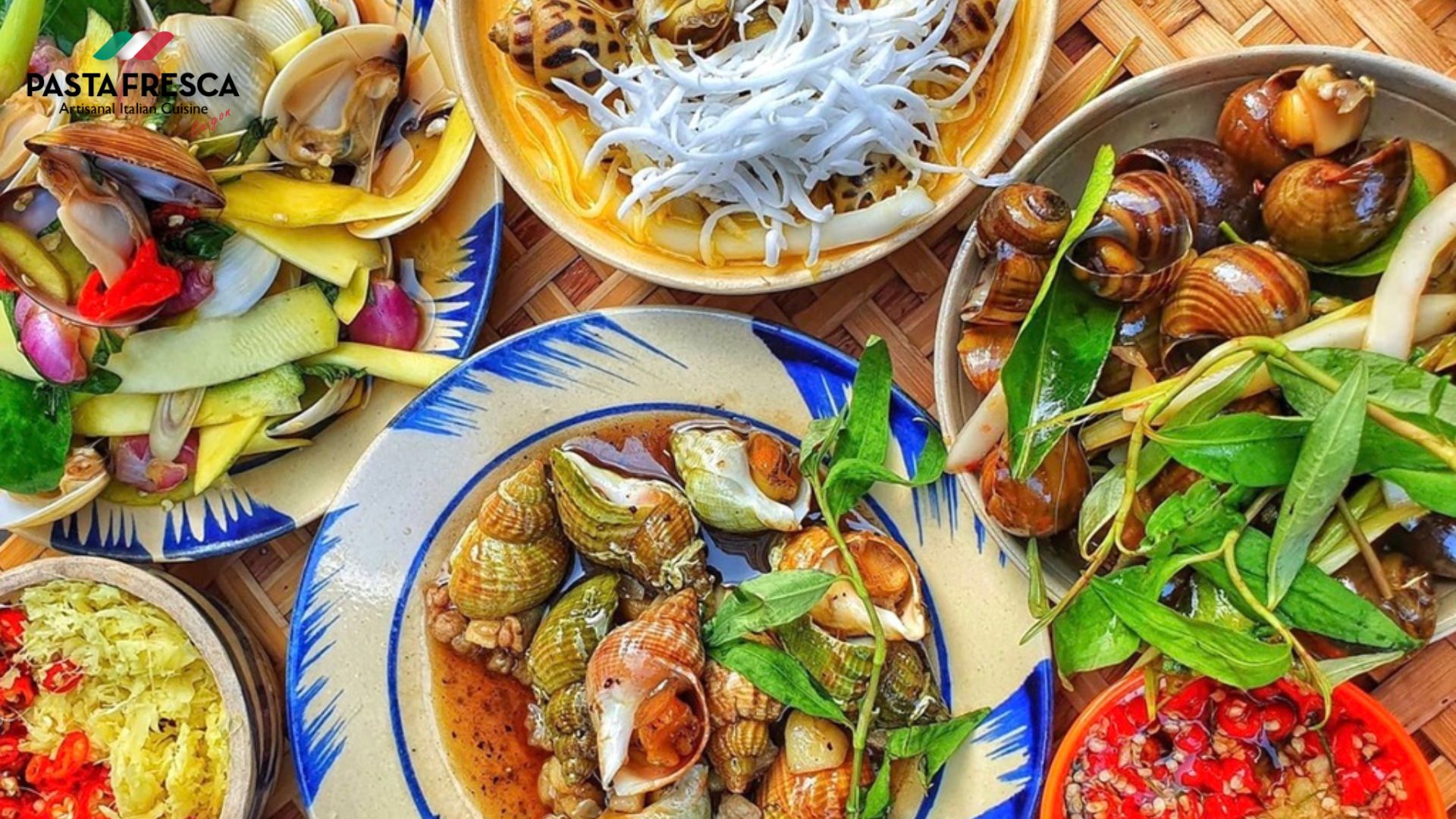
Why You Should Explore Vietnam Street Food
Exploring Vietnam street food is more than just eating—it’s a cultural experience. It’s about sitting on a tiny plastic stool next to a stranger, watching a vendor cook your meal right in front of you, and savoring the complexity of flavors packed into a simple bowl or plate.
Whether you’re a foodie, a traveler, or someone seeking authentic cultural experiences, Vietnam street food offers a journey into the heart of the nation’s culinary soul.
Final Thoughts
With its vibrant diversity, bold flavors, and cultural richness, Vietnam street food stands as one of the most fascinating culinary experiences in the world. From hearty noodle soups to light snacks and sweet treats, every dish tells a story of tradition, innovation, and local pride.
If you ever find yourself wandering the streets of Hanoi, Saigon, or Huế, don’t look for the fanciest restaurant. Instead, follow the aroma of grilled meats, bubbling broths, and freshly baked baguettes—and let Vietnam’s street food scene lead you on a journey your taste buds will never forget with Vietnam Culture.
See more post: Tết Nguyên Đán: The heart of Vietnamese culture and Lunar New Year traditions
